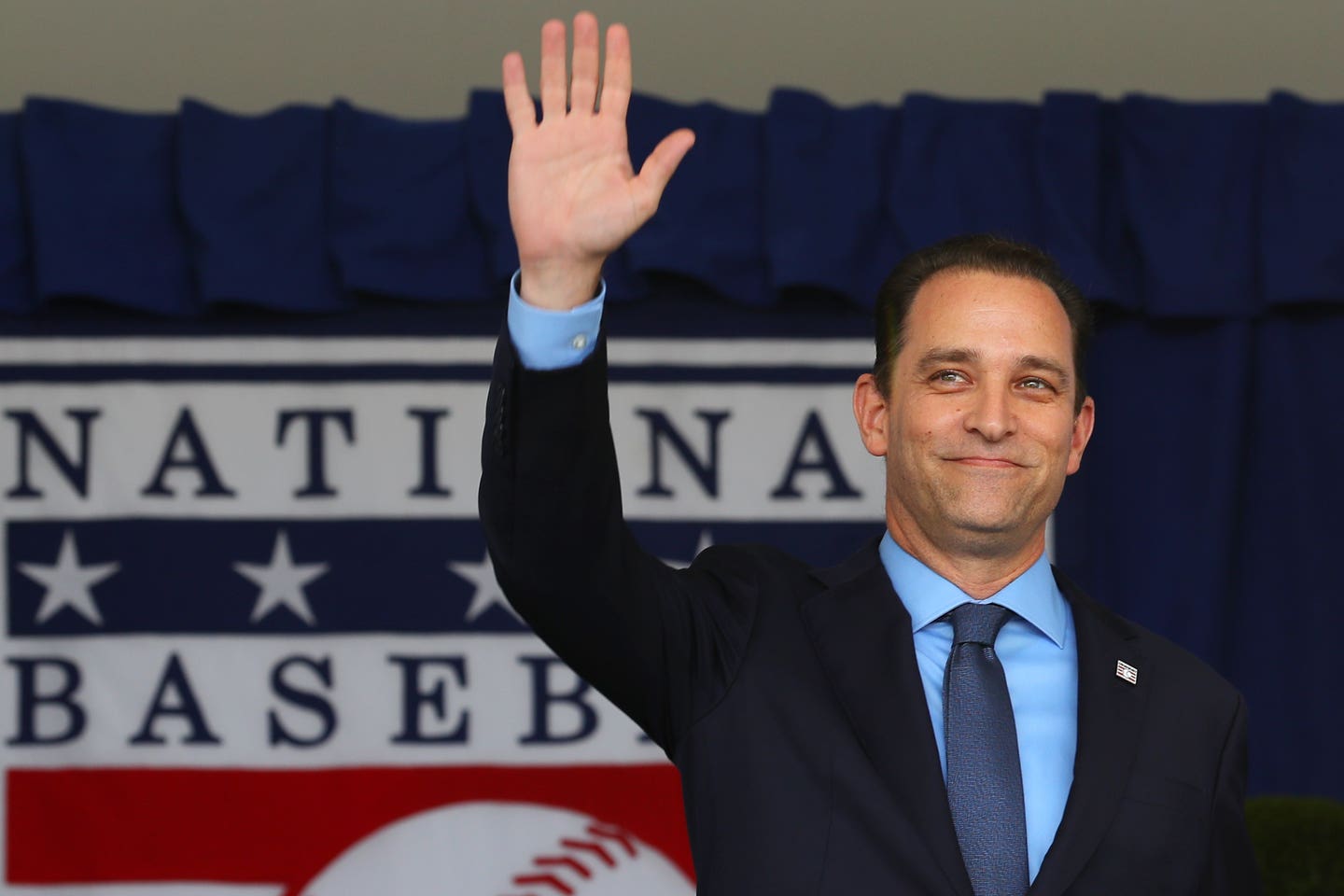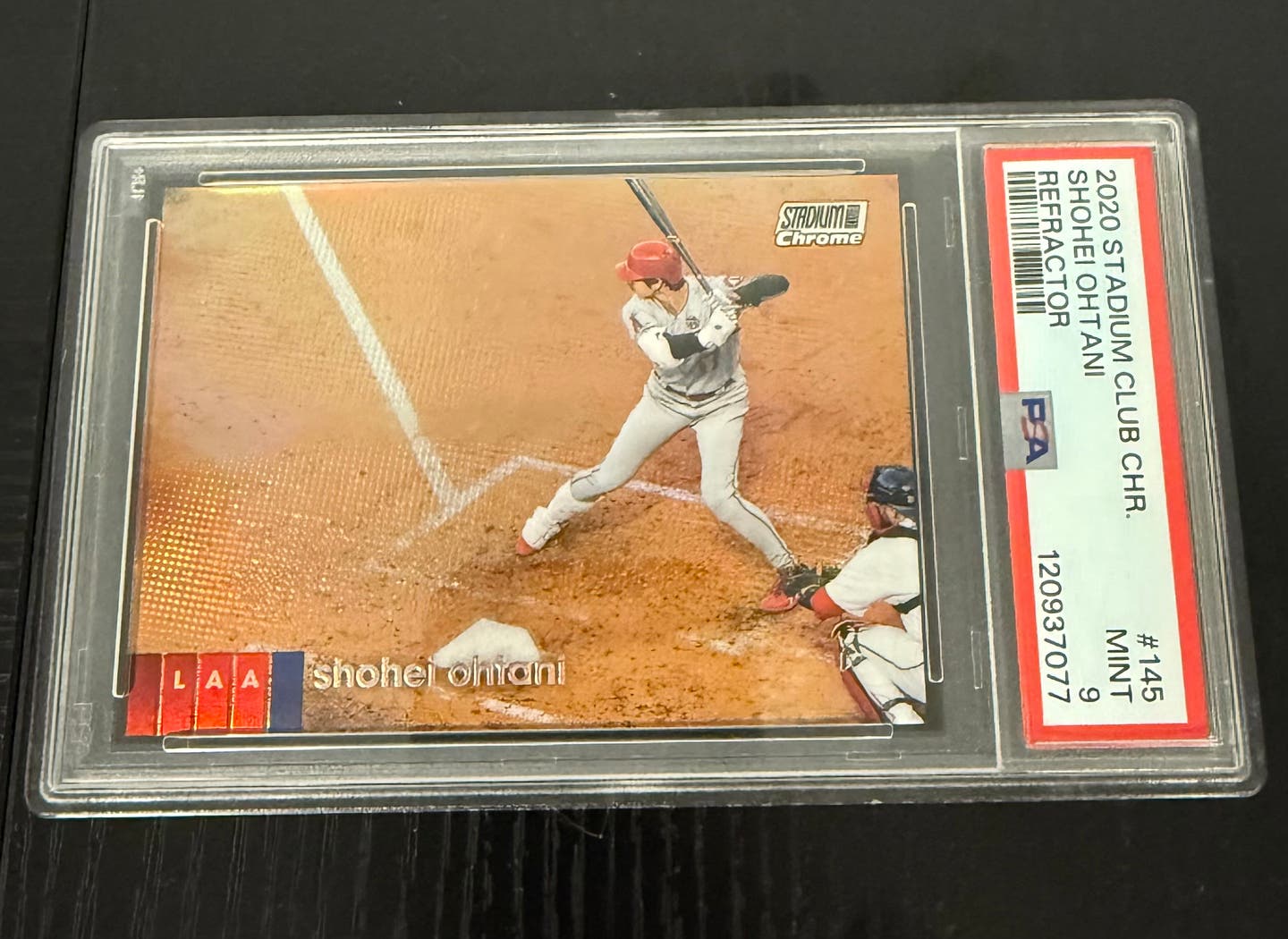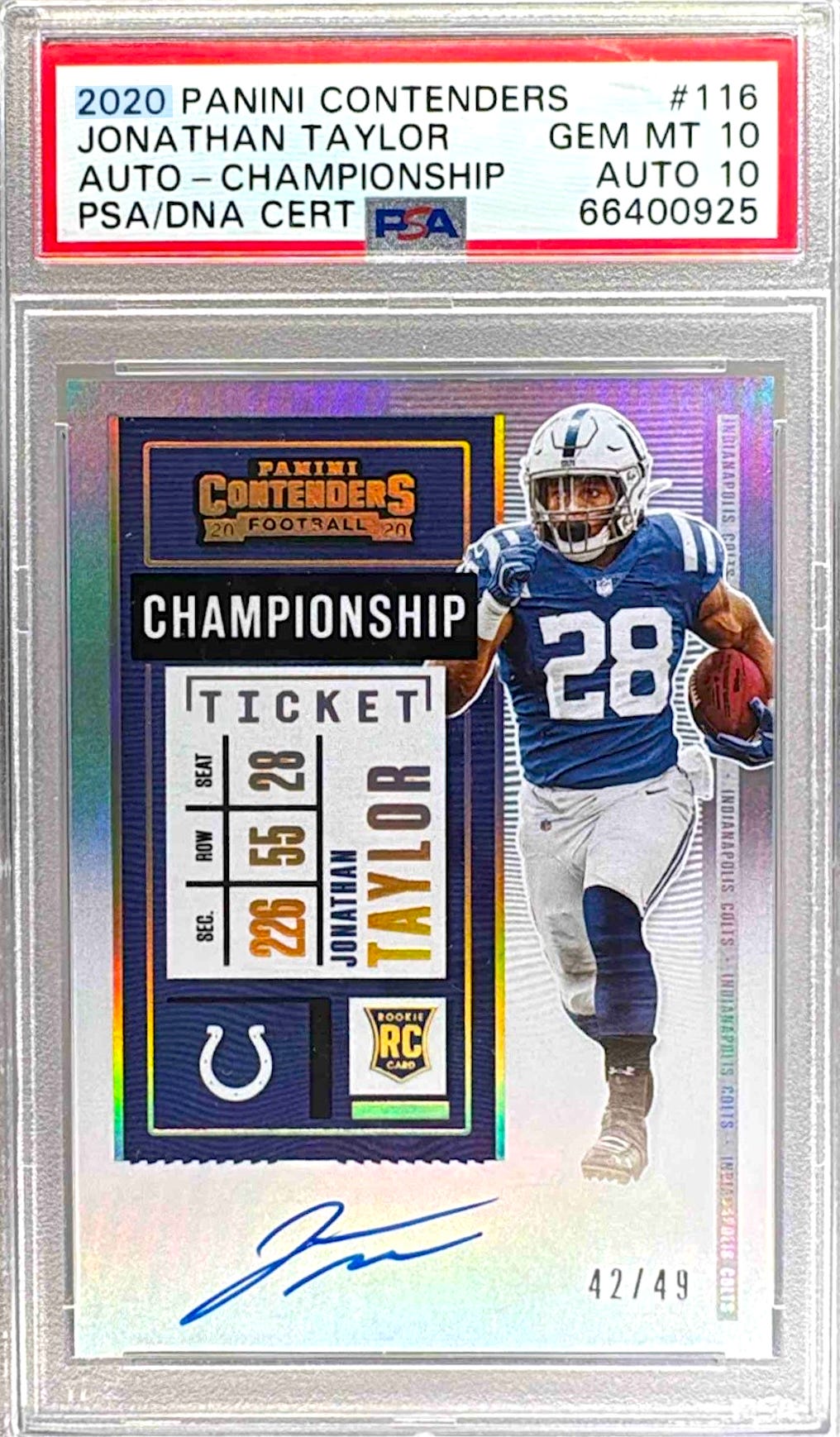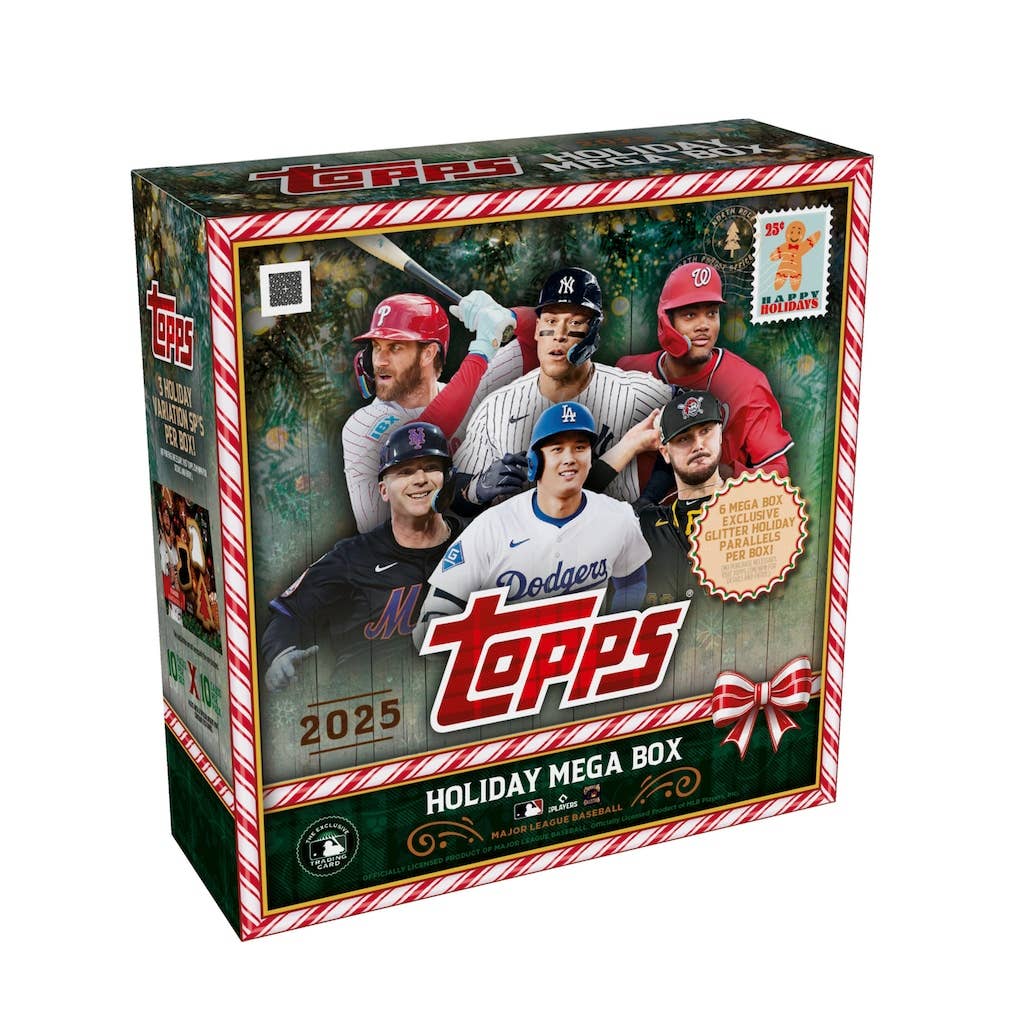
News
Collector Josh Rawitch relishes dream job as president of Baseball Hall of Fame
It’s nearly impossible for a “good field, no hit” utility infielder to make it all the way to the Baseball Hall of Fame, but Josh Rawitch managed to pull it off.
“I was on my high school baseball team, but it was more for my hustle and work ethic than for my talent,” said Rawitch, the current President of the National Baseball Hall of Fame and Museum in Cooperstown, N.Y.
Rawitch assumed the enviable position in August 2021 after a career spent in the front office of the Los Angeles Dodgers and the Arizona Diamondbacks. He sat down with Sports Collectors Digest and reflected on his lifetime in baseball as a fan, a modestly talented player and a team executive before assuming his current job.
“When I moved to New York and got my license plate I discovered they have special plates in Cooperstown and I was issued one that read ‘256 – BBL,’” Rawitch recounted. “I thought, ‘They have my lifetime average!’”
Though his playing career was short-lived his connection to the game runs deep, beginning with his discovery of baseball cards as the hobby exploded in the 1980s.
He received a set of 1983 Fleer cards from an uncle when he was 7 years old, which got him hooked on cards into his teen years. A 1989 Upper Deck rookie card of Ken Griffey, Jr. is featured prominently in his office at the Hall of Fame, along with several other cardboard treasures.
Collecting autographs was not particularly important to him, although he’s received some special signed items as gifts through the years.
“I’ve always thought if I have an opportunity to meet someone I’d much rather have a photograph and a conversation with him than a piece of memorabilia,” he explained. “For me, it’s never been about the collection as much as it’s been about the stories.”
However, his wall includes a few prized signed items, including an autographed photo of Sandy Koufax being congratulated by Jackie Robinson, Roy Campanella, Duke Snider and Gil Hodges on the occasion of his first MLB win, It was a gift from the Dodgers when he left for a new job with the Diamondbacks.
“That’s four Hall of Famers now that Hodges is in,” Rawitch stated proudly.
Rawitch’s years with the Dodgers included working with the broadcast team, which included the legendary Vince Scully. His family was from southern California where listening to the Dodgers and Scully was a way of life passed down from generation to generation.
“Growing up my grandfather listened to Vin Scully, my father listened, and I did too,” Rawitch said. “What’s incredible for me is that the day my son was born I was listening to the Dodgers and Scully actually announced his birth on the radio!”
Rawitch’s job gives him almost daily opportunities to interact with the greats of the game. The fact that his entire career has been in the environment of Major League Baseball — his first job out of college was with the Dodgers — gives him an ease in situations that would leave the average fan speechless.
“When the phone rings and it’s Sandy Koufax or Derek Jeter, I can treat them like they’re just a regular human being. I don’t go into panic mode,” he said.
His nonchalance doesn’t mean that he doesn’t get special thrills at different times, however.
“When I was a kid I went to Joe Torre’s baseball camp, and then I came to Cooperstown with the Dodgers in 2014 for Joe’s induction into the Hall of Fame, and now I talk to him regularly,” he said.
The job certainly has its thrills and pleasures for someone who loves baseball as much as Rawitch, but it’s also a job with ups and downs and challenges. In recent years, baseball, and in particular the Hall of Fame voting process, has been embroiled in controversy and sometimes angry debates. From the lifetime ban of baseball’s hit king Pete Rose to the murky situation of performance enhancing drugs (PEDs) affecting the records and careers of baseball’s biggest stars, the game and the Hall of Fame itself have been criticized and bruised somewhat.
“We hear a lot of comments and criticism about the character clause,” Rawitch said, “but we believe strongly that character factors in to whether you get a plaque in the gallery. It’s been in the rules since the 1940s, almost from the beginning.
“What some people don’t realize is that there's more to the Hall of Fame than just the gallery of plaques. You can walk upstairs in the museum and see all about the history of the game, including exhibits on those who don’t have a plaque for whatever reason.
“Some people say we should do more to clarify what we mean by character, but ultimately it means different things to different people and we leave it up to the voters to decide.”
Rawitch was short and to the point on the question of whether the Hall of Fame might consider removing the rule that excludes from election anyone on Major League Baseball’s permanent ineligibility list, the rule which bars two of the game’s greatest hitters — Pete Rose and Shoeless Joe Jackson.
“It’s not something we’ve discussed,” Rawitch responded. “At this point we believe it’s important that you be eligible with Major League Baseball to be eligible for the Hall of Fame.”
On the subject of the annual Hall of Fame ballot, which is filled out by more than 400 members of the Baseball Writers Association of America, perhaps the most charged question in the minds of many fans is the identity of the solitary voter who left Derek Jeter’s name off the ballot for his election in 2020.
“I really have no idea who it was,” Rawitch said. “It’s almost better for me not to know. We maintain the ballots in a vault, the most secure place in the building, and only a few people have access to it. I actually haven’t even been down there.”
As for the museum, Rawitch and the staff are seeking the right balance between preserving the history of the game and representing the fast-moving present, not to mention envisioning where baseball’s future might be headed.
“We need to stay relevant,” he said. “The way people consume museums is going to change over the next decade or so. We’re looking at installing QR codes throughout the museum so people can use their phones and look up, let’s say, ‘Where are the nine best Mets items located?’
“There will probably be all sorts of new technologies but we need to make sure we’re not so far out on the cutting edge because we’re a non-profit. We don’t want to pick the wrong one and spend a lot of money on something that doesn’t stick, but we want to make sure that this building is still of interest for all these kids who are coming through.
“I walk around here with my son and I notice that kids gravitate to our interactive exhibits like the one for making your own baseball cards and the audio-visual stuff.
“I’m also a huge proponent of social media as it relates to sports. Sometimes there’s the bad side of it when you see what happens on Twitter and that’s not ideal, but ultimately what we have to remember is that there are millions of young kids that are consuming most of their life’s news through social media outlets. We’re going to start a TikTok account and we’re doing all sorts of things that will hopefully keep us relevant to that generation.
“But we’re also preserving history by collecting artifacts that tell the story of the game and caring for them so they will be here for eternity, as we say. Whenever something historical happens, like a no-hitter, we’re there to ask for something like a hat or a jersey from the event.
“99 percent of the players are grateful we ask as they trust what we’re doing and want the Hall of Fame to thrive. They know we’re not going to sell it, and besides, it puts them into history and someday their great-grandchildren might see it.”
Autograph collectors may have noticed the explosive growth in the Hall of Fame’s gift shop in signed balls, bats, artwork and cards, some of which are signed on vintage items. The museum began selling autographs in 2013 and it’s become an increasingly large portion of the gift shop's revenue. Currently there are 457 autographed items available on the gift shop website (shop.baseballhall.org), making the Hall of Fame an important player in the marketplace for high-end, signed memorabilia with reliable authenticity.
Like his predecessors at the top of the Hall of Fame, Rawitch makes the distinction between memorabilia and artifacts, the former being acceptable for the museum to sell while historical items such as old-time spikes worn by Rogers Hornsby or today’s high-tech shoes from Mike Trout are never put up for sale.
In the future Rawitch would like to see the museum incorporate as many experiential exhibits and activities as possible based upon experiences he’s had at other Halls of Fame.
“I visited the College Football Hall of Fame in Atlanta and there were lots of hands-on, experiential activities, like being able to kick a field goal,” he said. “It was almost like an amusement park. It’s still a museum and it has exhibits but it’s far more about entertainment.
“One of the things I loved that they do at the Rock & Roll Hall of Fame in Cleveland is something called the ‘Garage Band Area’ where you can pick up a guitar or a drum kit and play it. It’s a great way to engage the next generation of fans.
“We have our learning center here, which has a lot of that but we have an opportunity to do more things that are experiential without hindering our mission, which is to be a museum that preserves history, honors excellence and connects generations.”
Rawitch is more than a year into the job that many baseball fans would say is the best job in America.
Not bad for a guy who’s high school batting average was just a little bit above the notorious “Mendoza line.”
You Also Might Like: 2023 Spring Training a paradise for autograph seekers








